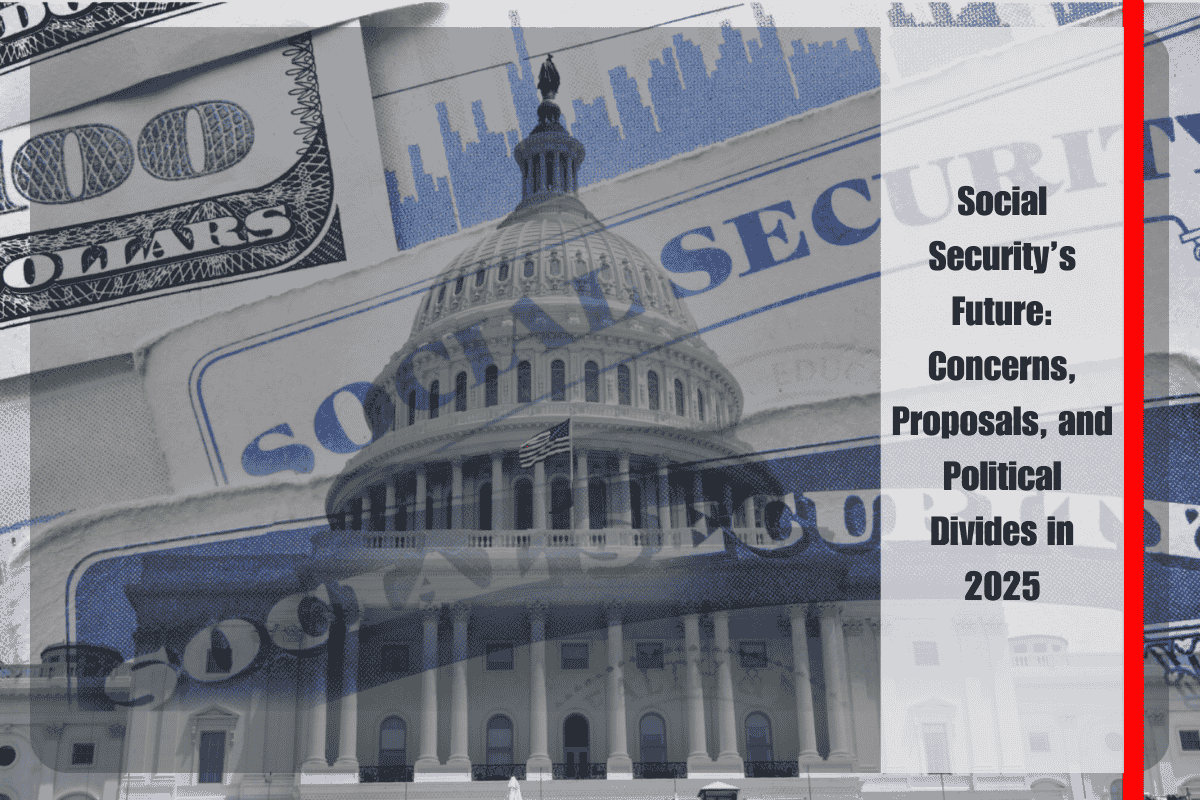For decades, age 65 was widely regarded as the standard retirement age in the United States. However, a series of legislative reforms passed in 1983 have gradually shifted the definition of “full retirement age” (FRA), directly impacting the financial plans of millions of Americans. If you were born in 1959, your full retirement age is not 67, but rather 66 years and 10 months, a detail that can have a substantial effect on your Social Security strategy.
This change is part of a long-term policy adjustment designed to keep the Social Security system solvent amid increasing life expectancies and demographic shifts. With Americans living longer and staying active later in life, Congress determined that benefits needed to start later to maintain the system’s financial stability. The gradual increase began with those born in 1938 and ends with those born in 1960 or later, for whom full retirement age is now fixed at 67.
Understanding your exact FRA is critical when planning for retirement. While it’s possible to begin receiving Social Security benefits as early as age 62, doing so comes at a cost. If you were born in 1959 and claim your benefits at age 62, your monthly payment will be permanently reduced to 70.8% of the full benefit amount. That reduction continues for the rest of your life, potentially resulting in thousands of dollars in lost income over time.
On the other hand, delaying your benefits beyond your full retirement age can lead to higher monthly payments. For each year you wait beyond FRA—up to age 70—your benefit increases by as much as 8% annually through what’s known as delayed retirement credits. This strategy can be particularly advantageous for individuals in good health, those with family longevity, or couples aiming to increase survivor benefits.
The timing of your Social Security claim is one of the most important decisions you’ll make in retirement planning. Financial advisors encourage future retirees to assess personal factors such as health status, family history, current income, and retirement savings before choosing when to begin collecting benefits. For those with limited savings or high medical costs, claiming early might be the best option despite the reduction. For others, especially those who continue working or have other income sources, waiting can result in far greater financial security in later years.
Additionally, those who choose to continue working beyond FRA not only keep contributing to their savings but may also receive a higher benefit. If you work while receiving benefits before your FRA, your payments could be temporarily reduced depending on how much you earn. But once you reach FRA, these reductions no longer apply, and your benefit is recalculated to credit you for those months when payments were withheld.
In 2025, the Social Security landscape is becoming even more complex, with COLA changes, rising income limits, and adjustments to tax thresholds all influencing retirement plans. For those born in 1959, understanding that your full retirement age is 66 years and 10 months—not 67—is a crucial detail that can help you make smarter, more informed financial decisions.
To ensure accuracy and personalized advice, always consult official sources like the Social Security Administration (SSA) or speak with a certified financial planner. In a time of growing uncertainty around retirement, clarity and planning are your best tools for a secure future.












